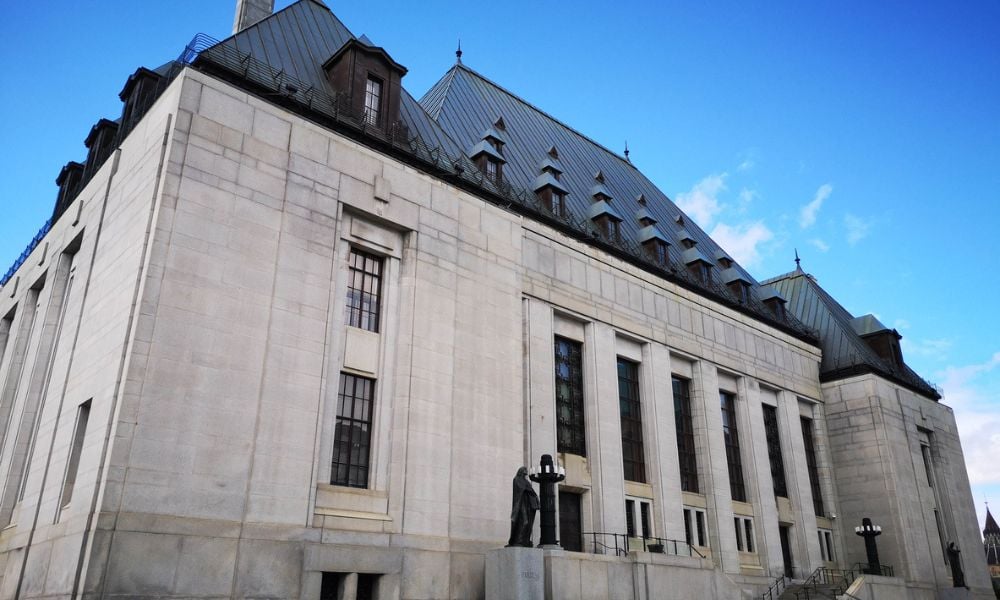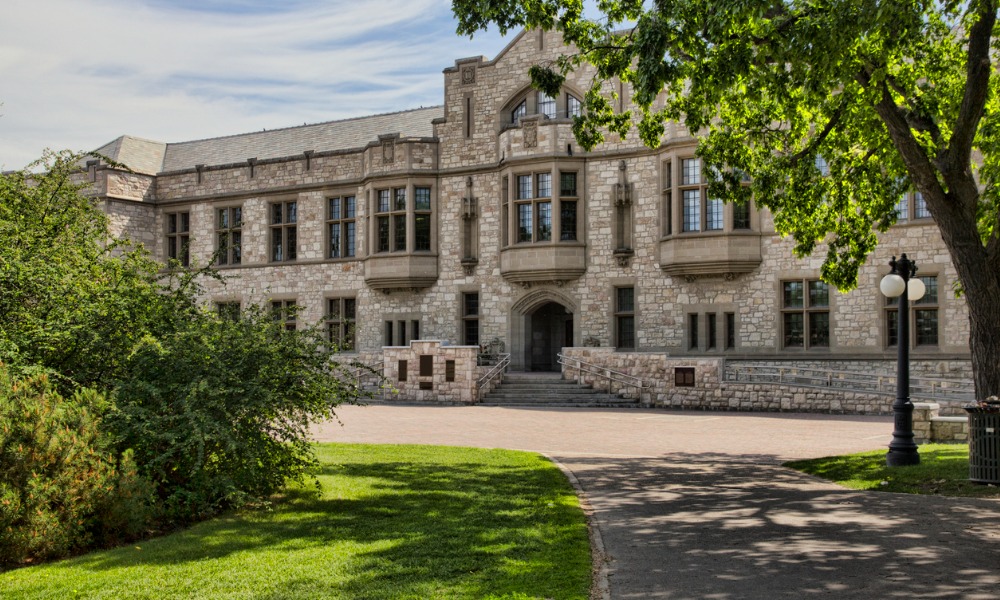Municipalities should consider action as environmental law is evolving, says lawyer

Asserting authority over and responsibility for a municipal government’s natural assets involves legal risks, yet they are manageable, according to a new legal primer from the environmental non-profit Municipal Natural Assets Initiative (MNAI).
The primer identifies the source of municipal legal authority for managing natural assets, details the legal and policy tools available to governments, describes the legal risks associated with both managing and not managing natural assets, and lays out the recent case law and other legal developments impacting this area.
The primer defines natural assets as “the stocks of natural resources or ecosystems that contribute to the provision of one or more services required for the health, well-being, and long-term sustainability of a community and its residents,” including wetlands, forests, parks, lakes, rivers, creeks, fields, and soil. A growing number of local governments are tallying their natural assets and implementing natural asset management projects, said the primer.
“Local governments, by and large, have the jurisdiction to undertake natural asset management,” says Ian Moore, an Arbutus Law Group LLP associate who advised on the primer. “Although there are legal risks, these legal risks are manageable.”
There are many reasons why a local government might want to consider natural asset management, says Roy Brooke, executive director of the MNAI. Examples include risk management, biodiversity, infrastructure service provision, and cost savings.
“It seems that every day and with every new climate disruption, there are more legal disruptions,” he says. “It's important and interesting to understand the fact that we're in a moving river here. The legal and environmental governance world is evolving, even as we speak.”
The legal issues discussed in the report are situated within a broader context of shifting environmental governance, says Moore. The law is getting more ambitious internationally, exemplified by the recent renewal of the Convention on Biological Diversity and commitments by more than 70 countries to reach net-zero CO2 emissions by 2050.
He says there is also a growth in innovative environmental law concepts, which are being pursued around the world, such as the right to a healthy environment, the rights of nature, and ecocide.
Another backdrop is an expanding recognition of the inherent self-government rights of Indigenous people, as well as the revitalization of Indigenous laws.
“The shifting sands of environmental governance is showing that it's going to be a good idea to start thinking – at the very least – about undertaking natural asset management,” says Moore. “Laws are changing, expectations of local governments are changing, and the environmental crises that we find ourselves in right now are also forcing local governments to act, one way or another.”
An example of this type of action is the Grindstone Creek Watershed Natural Asset Management Project. The MNAI’s report estimated the value of the watershed’s stormwater management services to be the equivalent of over $2 billion in engineered infrastructure, not counting operational costs. The report also found that the watershed provided $34 million per year in co-benefits such as recreation, erosion control, habitat biodiversity, atmospheric regulation, and climate mitigation.
According to Brooke, most local governments have many of the tools they need to undertake most aspects of natural asset management.
“We're starting to see, I would say, novel policies with respect to natural asset management,” he says. “There's a wide sweep of mechanisms that local governments are already using, and some that they're just starting to try.”










